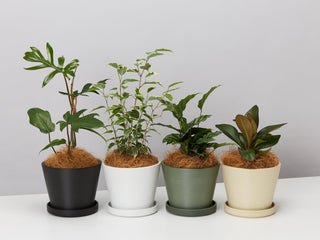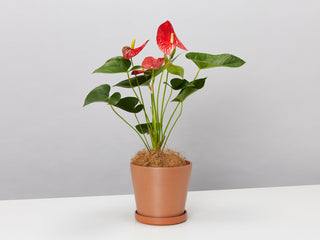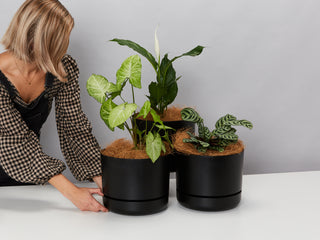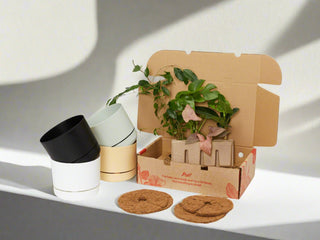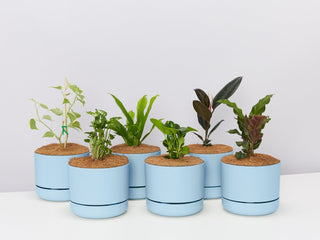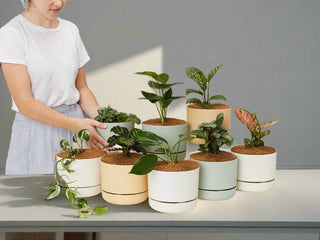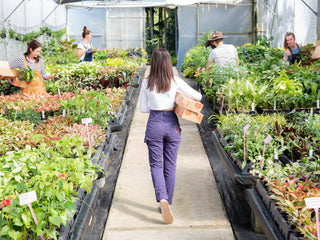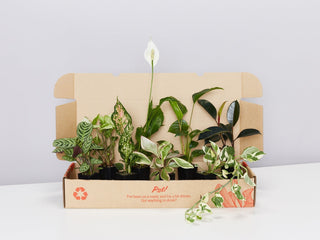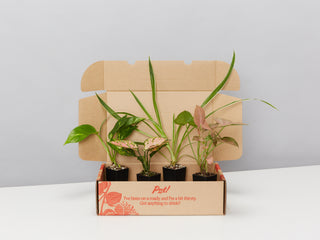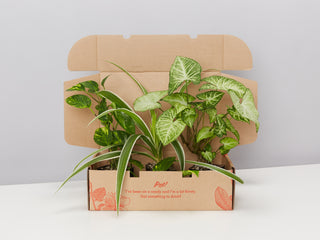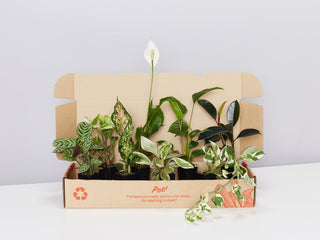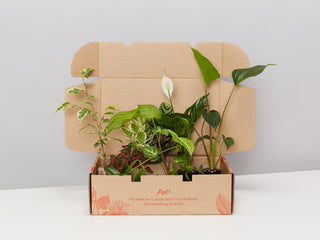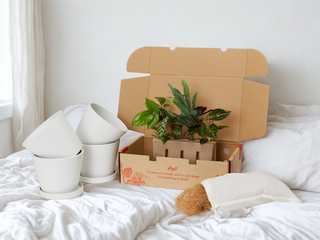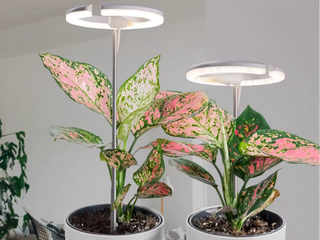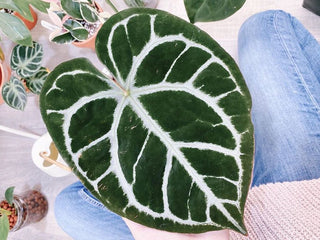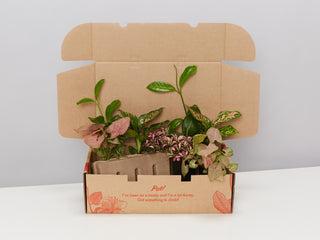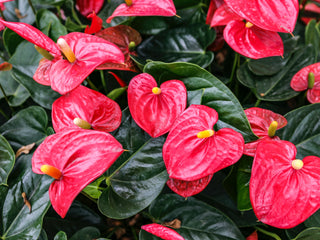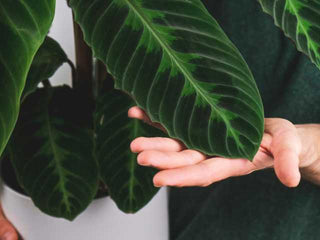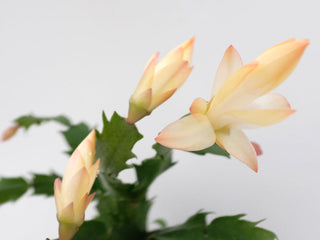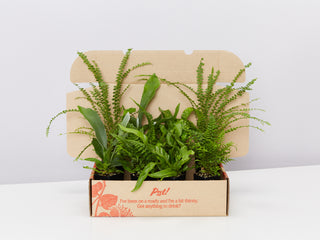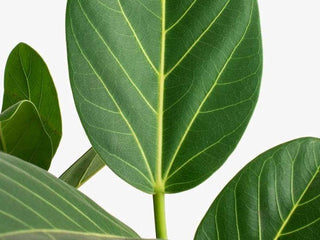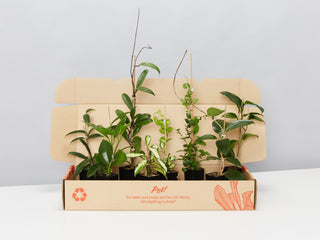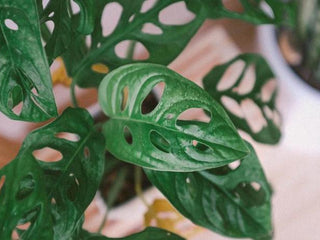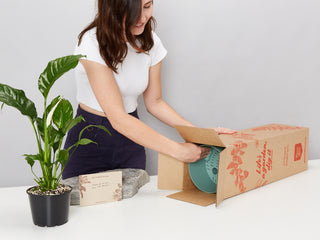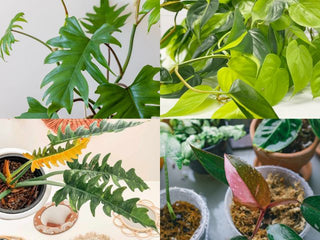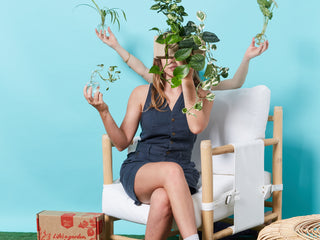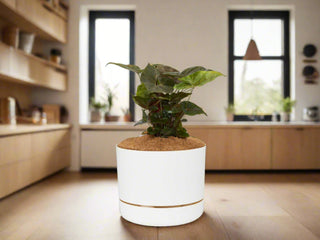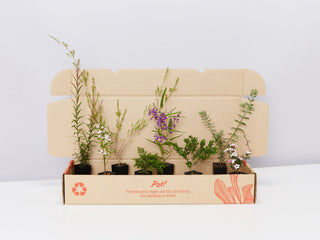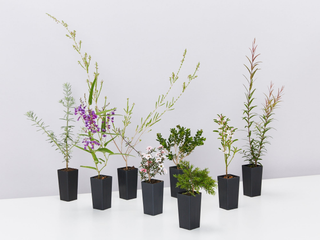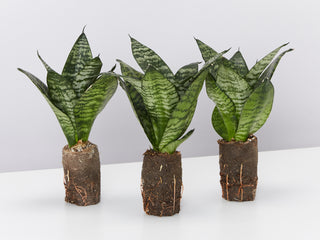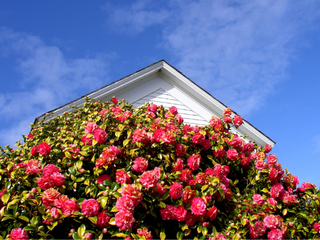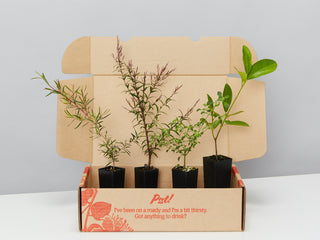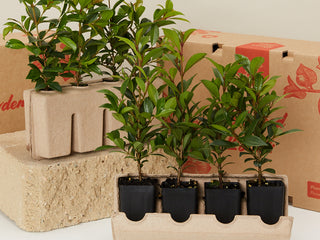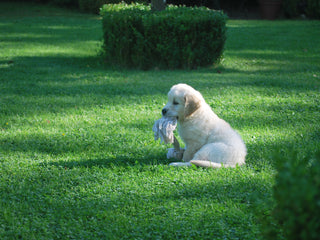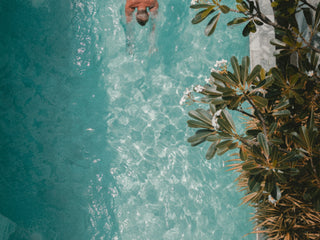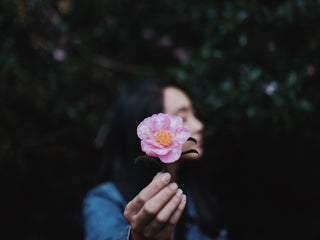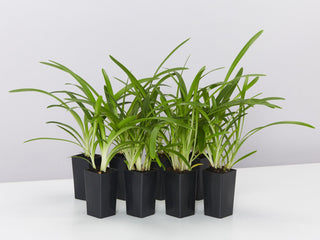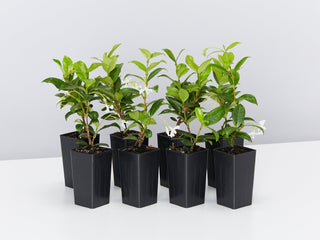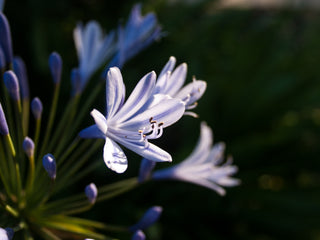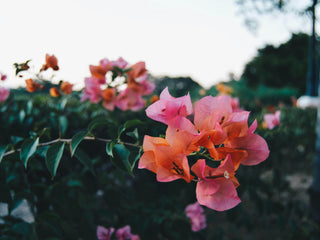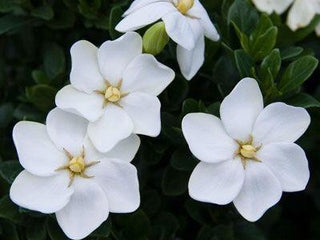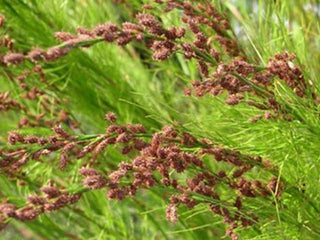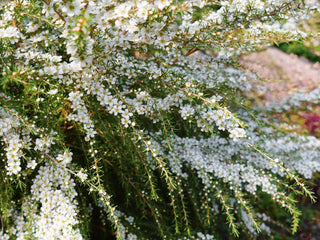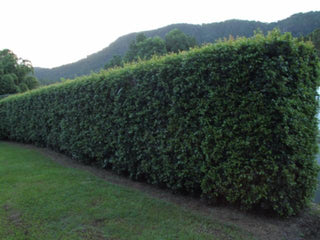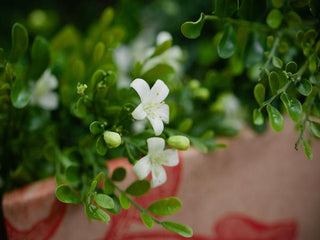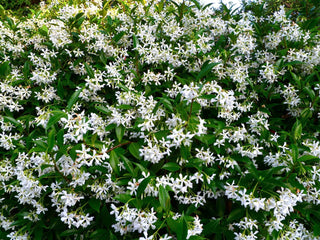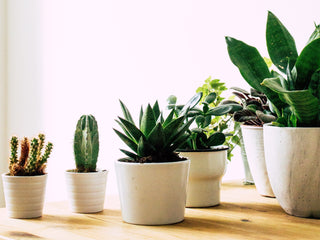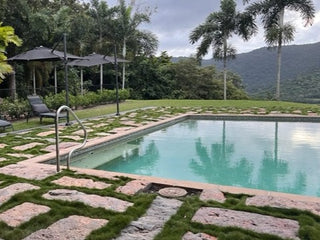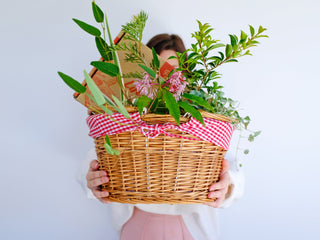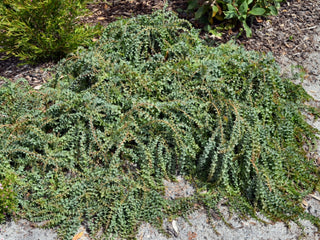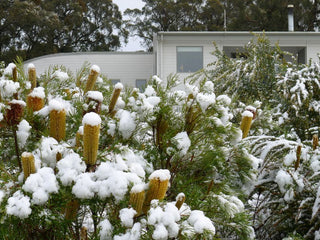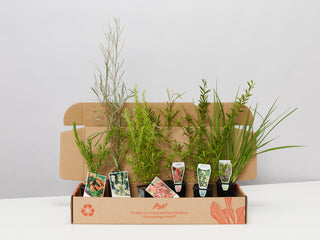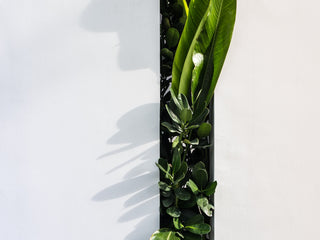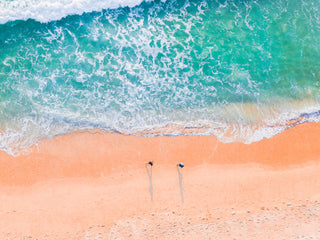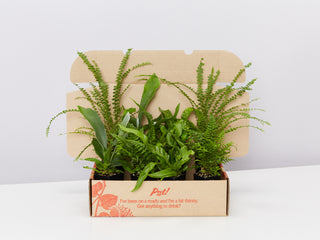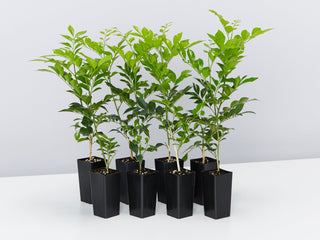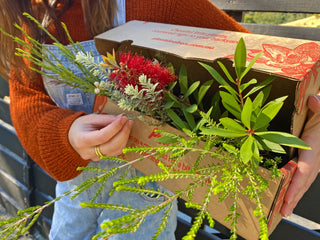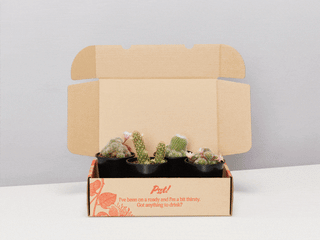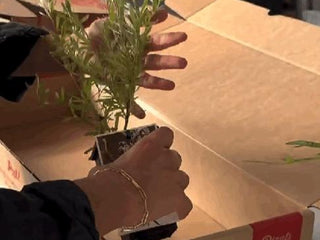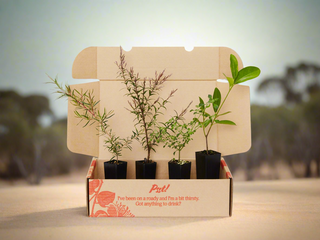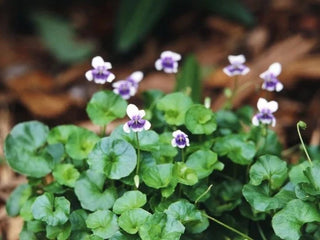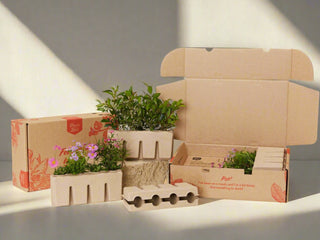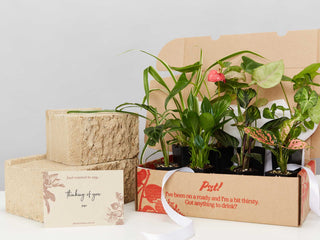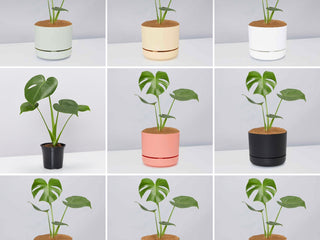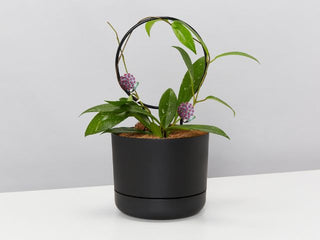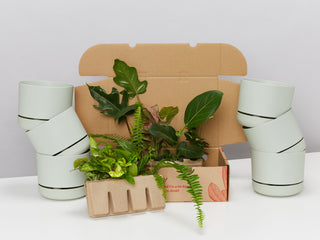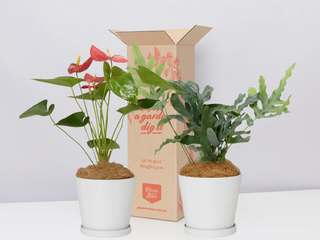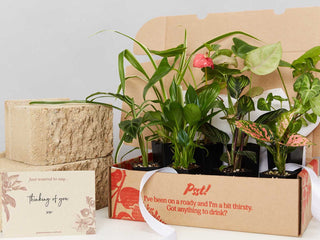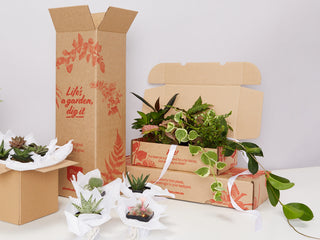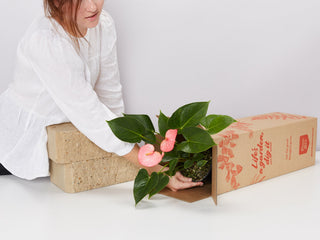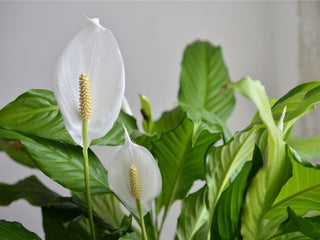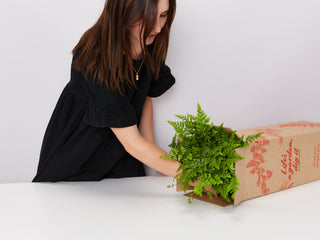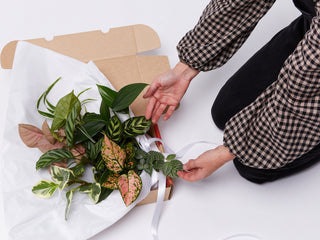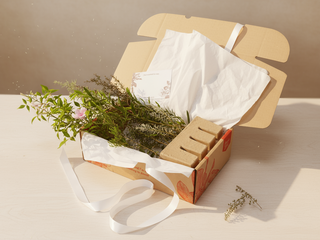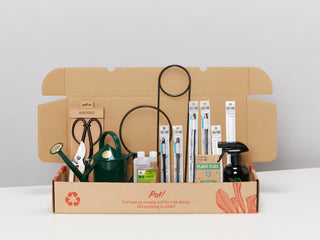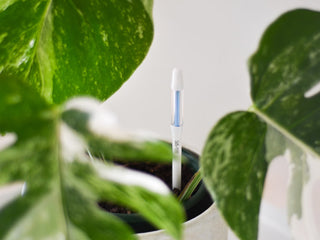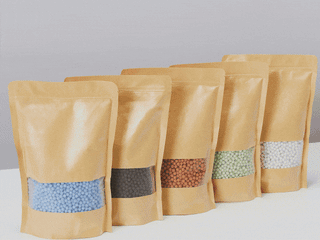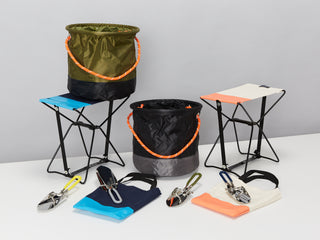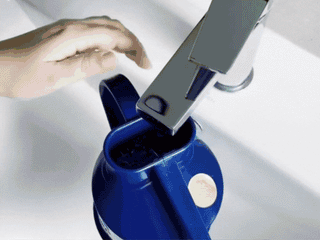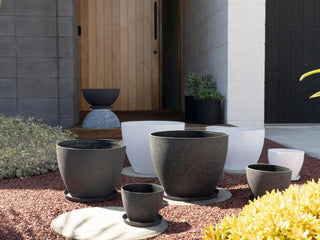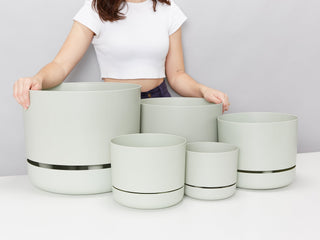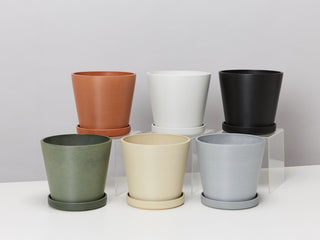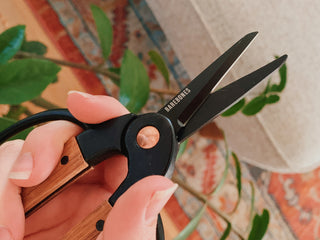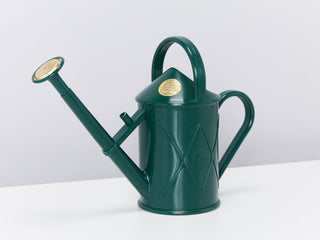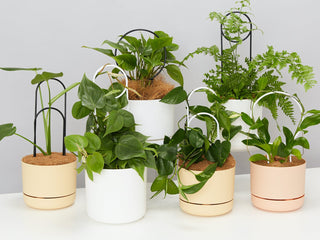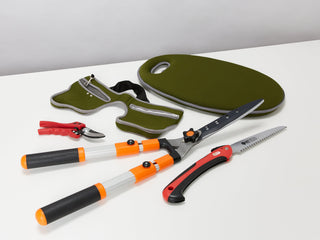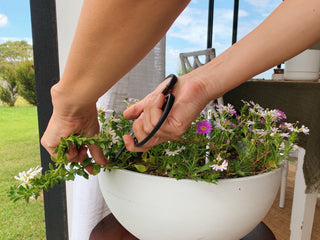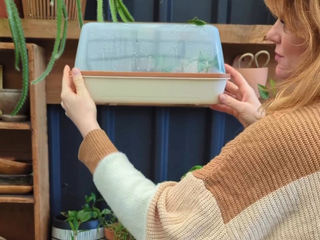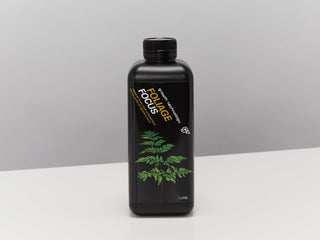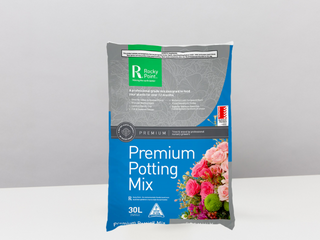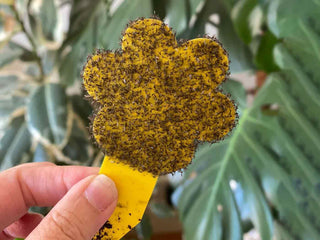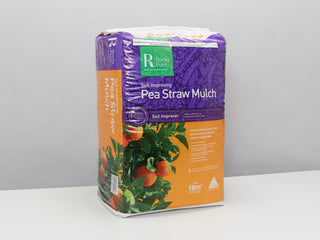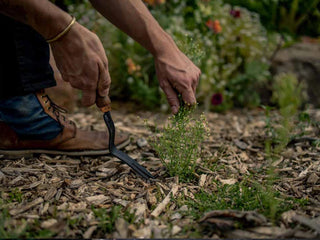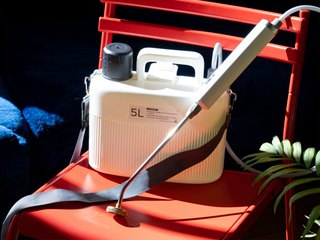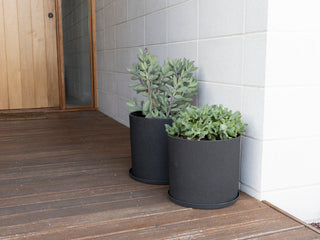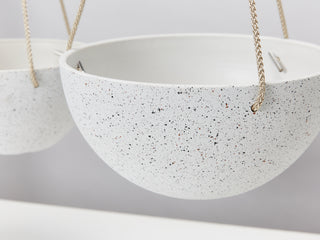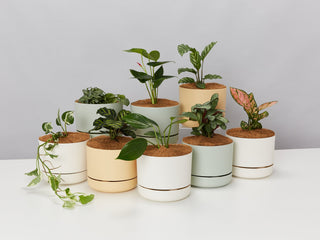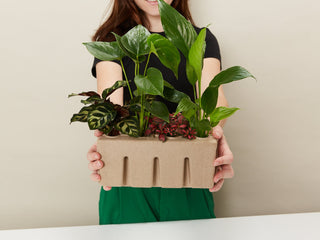Bee positive! How to create a pollinator friendly garden
Bees are one of Australia’s top pollinators. Not only do they help propagate agricultural and native plant species, they’re also key players in maintaining our natural biodiversity. In Australia we’re lucky enough to have over 1,600 species of native bees, as well as introduced European and Asian honeybees, all of which do an un-bee-lievable job of pollinating our plants.
What’s the buzz? Why are bees so good for your garden?
Bees are natural born pollinators. As they buzz around collecting nectar, they become dusted in pollen (which is full of plant sperm). Our busy bees then carry pollen across to the egg-bearing cones or flowers of other plants, resulting in fertilisation. This whole process, called cross-pollination is essential for many plant species (especially flowering varieties) to produce more seeds. The more bees you have, the more flowers and plants that will grow in your garden!
Sadly, an increased use of pesticides, along with the ongoing effects of habitat destruction and climate change, has our bee populations in decline. Our native bees are in even worse shape, as they struggle to compete with introduced honeybee species for dwindling food sources.
This is bad news for both native plants and us gardeners, who rely on native bees for pollination. While all of this is quite literally a buzz kill, there are lots of things we can do to help support our native bees!
 Plan bee! How can we support Australian pollinators?
Plan bee! How can we support Australian pollinators?
The best way to support Australian pollinators is by planting more bee friendly plants. When it comes to attracting native bees, flowering varieties are always best as they are chock full of native nectar, which they absolutely love!
By planting bee friendly plants, you can ensure that your local bees are getting the nutrients they need, while providing your garden with a natural pollination process. It’s a win-win! Better yet, by planting flowering native varieties you’re also supporting other Aussie pollinators, such as our native birds, bats and bugs!
Flower power! Which Australian flowers are good for native bees?
There are so many bee friendly plants out there. So many in fact, it can be hard to know where to start! To help you out, we’ve picked out some flowering Australian natives that are quite simply – the bee’s knees!
Callistemon
Also known as ‘Bottlebrush’ due to the unique shape of their flowers, these iconic Aussie natives are a favourite of native bees and nectar-feeding birds. Low-maintenance and drought hardy, this classic Australian shrub comes in a variety of colours, from white and cream, to red, pink and mauve.
Some of our top picks include the rosy Callistemon citrinus Pink Champagne, nice and neutral Callistemon viminalis Wilderness White or scarlet beauty Callistemon Viminalis Captain Cook.
Grevillea
Another iconic flowering Aussie, ‘Grevilleas’ bloom most of the year providing an almost endless supply of nectar to native bees and other pollinators. Grevilleas come in many different sizes, from tall trees to shrubs and ground covers, making them perfect for any garden. They also come in a huge range of colours – from vibrant reds, pinks, and oranges, to muted creams and greens. These plants are hardy, low-maintenance and can adapt to almost any climate or soil type.
Looking for a groundcover? Check out Grevillea lanigera Mt Tamboritha. Want something to fill in the gaps in your garden? We love the Grevillea Forest Rambler. Need some native screening or shrubbery? Grevillea Robyn Gordon is a fantastic choice.
Leptospermum
More commonly known as ‘Teatree’, Leptospermum is a must-have bee friendly plant. Blooming in early summer, Leptospermum produces small delicate white, pink or red flowers that attract native bees and other Aussie pollinators. Ideal for use as screening, this spreading shrub loves full sun and can handle a range of soil types. Better yet, its leaves can be used to produce essential oils!
If you’re a fan of snowy white blooms, opt for Leptospermum cardwell, or if you’re into pretty pink blossoms try Leptospermum scoparium Ballerina.
Melaleuca
Melaleuca boasts beautiful creamy or greenish brush-like blooms which native bees and birds absolutely love! Available in lots of different varieties, ranging in size from small shrubs to small trees, Melaleuca is drought, frost, and wind tolerant and can adapt to most soil types and conditions across Australia.
When it comes to attracting native bees, we recommend Melaleuca thymifolia varieties (otherwise known as ‘Honey Myrtle’). Some of our favourite picks are Melaleuca thymifolia Cotton Candy with its fluffy pink, fairy floss flowers and straight up Melaleuca thymifolia with its vibrant purple blooms.
Westringia
Also known as ‘Native Rosemary’, this Australian native plant is ideal for attracting native bees. The bees love its almost constantly blooming mauve, lilac or white flowers and its hardy and compact nature means it can withstand a range of climates, from coast to country. Westringia is super versatile and can be used for everything from groundcover to hedging. It also grows great in a pot on the balcony!
We love lilac beauty Westringia fruticosa Jervis Gem and true blue Westringia fruticosa Blue Moon.
The nest best thing! What else makes a bee friendly garden?
All those bee friendly plants will give your native bees lots of food, but how about a place to rest their heads after a hard day’s work? Unlike European and Asian honeybees, most Australian native bees are solitary and make their own nests by burrowing into rotten wood or dirt. Some species even burrow underground.
To save time, many of these native bee species become lodgers, meaning they will happily build their nests in pre-existing holes that they find. So, a great way you can help these hard-working single mums is by creating bee hotels (or Air Bee n Bees, as we like to call them!)
How to create your own Air Bee n Bee!
If you have tree stumps or logs, just drill some holes into the side faces to create little bee entranceways. Remember, native bees come in a variety of sizes so creating different diameter holes will cater to everyone!
No logs? Try cutting multiple stakes of bamboo into 15 to 20cm lengths and bundling them together or sticking them into a wall that’s sheltered from the elements. The narrow width of the bamboo stakes are an ideal entrance size for native bees. Make sure you seal off one end, so your buzzy guests feel safe enough to lay eggs.
If you’re looking for something a little posher, just check out some of the bee-utiful bee hotel building guides online. They range from easy to extravagant, so get searching and find something that matches your skillset!
Bee the change!
The more bee friendly plants we have in the world, the better! So, if you want to support our native bees, get planting! Still not sure where to start? Our Birds and Bees Australian Native Plant Pack is a great way to kickstart your bee friendly garden. Packed with Australian native plants, these babies will get the bees a-buzzing!
